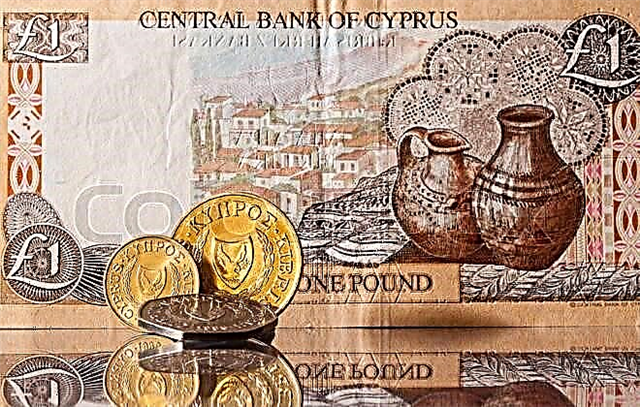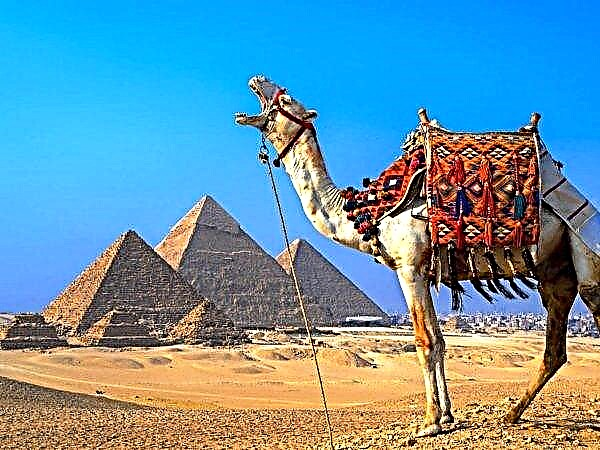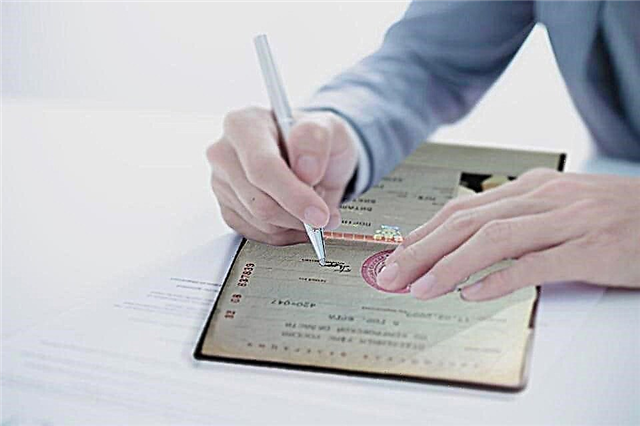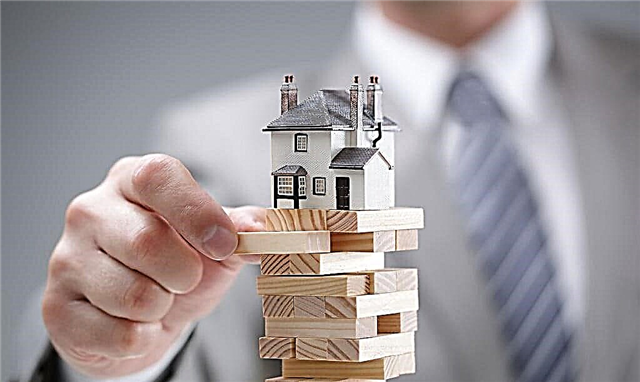Many tourists visit Nuremberg to get acquainted with the monuments of the medieval era. This city harmoniously combines the symbols of old Germany and modern architecture. Nuremberg attracts not only with historical values, but also with Bavarian sausages, gingerbread and romance. In addition to the main attractions of the city, every tourist should definitely visit the temples and cathedrals of Nuremberg to get acquainted with the ancient history and culture of the Bavarian city.

The main thing about Nuremberg
Nuremberg is the second largest capital of Bavaria after Munich. It is one of the oldest cities in Germany and its beauty is breathtaking. It was almost completely destroyed after the Second World War, but today all the sights have been restored.
In 2021, a special route was created for tourists in Nuremberg - the "historical mile", where fortresses, ancient churches, medieval buildings and other attractions meet on the way.
Since the city is located on the Pegnitz River, there are many colorful bridges from which a magnificent panoramic view opens up.
Church of the Virgin Mary
One of the most famous churches in Nuremberg has been decorating the city for over 650 years. The Frauenkirche (the second name of the church) rises above the Market Square. It was built in honor of the atonement for the destruction of the Jews.
The facade of the church is the only part that survived the bombing of the Second World War. In 1955, the landmark was completely restored.

According to tourists, the Church of the Virgin Mary is one of the most impressive Bavarian churches, with the sculptures of Saints Cobald and Lorenz in the south. The luxurious monumental façade is harmoniously combined with the lightness of the interior, and the stained glass windows and sculpture of the Madonna of the 15th century remind of the former rich decoration of the church.
Unusual watches also attract the attention of visitors. During the battle, the figures start to move, and at exactly 12 o'clock the ball, which rises above the clock, demonstrates the phase of the moon.
Also noteworthy is the choir of the Church of Our Lady with the Tucher altar. Beautiful architecture and rich history attract visitors. A Christmas market is held near the church every year.
The church is located at: Hauptmarkt, 90403 Nürnberg. Working hours: Monday – Saturday from 09.00 to 18.00, Sundays and holidays - from 12.30 to 18.00.
Church of St. Lawrence
The main attraction of the old city - the Church of St. Lawrence - should be visited by every tourist who comes to Nuremberg. This is the first Lutheran church in the city. The combination of high towers, beautiful façade design, multi-colored stained glass windows and a bell tower creates a unique impression of medieval architecture.

The church was founded in 1235, but acquired its modern appearance in the 15th century. Like all buildings in Nuremberg, it was badly damaged during the Second World War, but the city authorities quickly restored it. The roof and keystones have been completely redone, depicting representatives of the Protestant Church - Johann Sebastian Bach and Martin Luther.
The organ, which is found in the Church of St. Lawrence, is one of the largest instruments in Germany.
Inside the church, you can observe an unusual medieval interior: beautiful columns, sculptures, stained-glass windows - these attributes are allowed to be captured in a photo without a flash. Be prepared for the fact that the temple is visited by many tourists, so it is always crowded.
From Monday to Saturday, the church is open for visits from 9.00 to 17.00. Sunday - from 13.00 to 16.00. Divine services are held on weekdays at 17.00.
Address: Lorenzer Platz 10, 90402 Nürnberg, Deutschland.
Church of St. Sebald
This cathedral is an important historical and religious building of the city, moreover, the church is the oldest in Nuremberg. It is named after Saint Sebald, the patron saint of the city, who lived in the XI century.

The Church of St. Sebald, along with other buildings, was destroyed during the Second World War, but the baptismal font, Peter's altar, stained glass windows by Albrecht Durer and much more were preserved.
The most significant and noticeable detail of the church is the monument to St. Sebald. The five-meter bronze installation, standing on 12 snails and four dolphins, is decorated with the image of the miracles that the saint did during his lifetime: healing the blind, the appearance of fire from ice, and so on. The temple contains the relics of St. Sebald, which are in a silver ark in the center of the building.
The temple has a beautiful appearance, unusual architecture and a spectacular interior. Numerous sculptures and religious objects create a medieval composition that guarantees a lot of impressions from visiting this historical monument.
The church is located at Winklerstraße 26, 90403 Nürnberg.
Working hours: January – March - from 09.30 to 16.00, April – May and September – December - from 09.30 to 18.00, June – 15 September - from 09.30 to 20.00.
Church of St. Catherine
Since the 13th century, the Church of St. Catherine has been a nunnery. But, since over time it was forbidden to take novices, the monastery was closed. After that, the restoration began for holding evangelical services.
Also, competitions were organized here for the Nuremberg meistersingers - members of professional church associations of poets and singers.

For some time, the church building was empty, and then it was used for political meetings. Chamber music concerts were regularly held here. One of the rooms has been converted into a museum.
After the bombing of the Second World War, ruins remained on the site of the church, which have not been restored. The territory was equipped with a concert venue for music festivals.
On the territory of the Church of St. Catherine the annual festival "Summer in Nuremberg" takes place.
Working hours on weekdays and weekends: 9.00-18.00. The outdoor area is open from June to September. Address: Hauptmarkt 14, 90403 Nuremberg.
Church of Saint Clare
The old Catholic church is located in the historic part of Nuremberg. It was built in the 13th century on the ruins of a Romanesque temple. In the XIV century, the Church of St. Clara flourished, the number of buildings on its territory increased, and a monastery complex was formed. However, with the advent of reforms, difficult times came and the church was closed.
For a long time, the building was empty, turning into dilapidated. A new stage in the development of the church came when it was returned to the Catholic community in 1854 and Catholic services began to be held here.
The main building and other buildings on the territory of the church were damaged by bombing during the Second World War, but after its end everything was restored and restored.

The church was built in the Gothic style. Old works of art are kept inside the premises:
- frescoes with installations of Ezekiel's prophecies dating from the 16th century;
- the altar of the Cross, dated 1517;
- the altar of Mary, created in the 16th century;
- ancient sculpture of Our Lady of the 15th century.
The bronze sculpture of the biblical righteous man Job, who endured many torments, but was rewarded by the Lord as a result, also attracts the attention of tourists.
The Church of St. Clara is valuable because, despite numerous obstacles to development, it has withstood and continues to fulfill the important mission of a city landmark.
Address: Königstraße 66, 90402 Nürnberg. Working hours: Monday-Saturday - from 7.00 to 19.00, Sunday - from 9.00 to 22.00.
Church of St. James in Nuremberg
This church was built in the XIV century and for a long time served as a hospital for the knights of the Teutonic Order.

Beginning in 1810, the church became evangelical and was the third in importance in Nuremberg. The building was rebuilt many times due to severe destruction in wars, but today it still pleases residents of the city and tourists.
The building was built in the Gothic style, with sandstone sculptures on the sides. There is a belfry tower next to the church. Inside the room there are stained-glass windows, symbols of knights, coats of arms of the order.
Among the church relics that have survived, one can distinguish a wooden composition of St. Anne, the Mother of God and the baby (1500), an altarpiece in the choir (1360).
Working hours: Monday-Friday - from 9.00 to 18.00, Saturday-Sunday - from 9.00 to 17.00. Address: Albrecht-Durer-Platz, 1.
Church of Saint Egidien
The Church of Saint Egidien, unlike the rest, preaches Protestantism. The building was built in the Baroque style and is located in the area where the elite of Nuremberg live.

In the past, the church was destroyed by fires and wars, it was restored from ruins, but some parts of the building, for example, the chapel, have survived.
If earlier the church of Saint Egidien was decorated with expensive stained-glass windows and rich decorations, now it looks modest. Nevertheless, lovers of medieval architecture will not pass by, as there is something to see both outside and inside. Although the church acquired a different look after the war, it retains the history and culture of the Middle Ages.
Address: Egidienplatz. Working hours: from Monday to Saturday, the church is open for visits from 9.00 to 17.00.
Church of St. Elizabeth
Previously, the Church of St. Elizabeth served as a hospital at the Church of St. James. It was one of the most important and largest medical institutions in Germany. The hospital was the property of the Teutonic Order.

During the Reformation, the Church of St. Elizabeth became the only Catholic church among the Protestants. At the end of the 18th century, the main building of the church was completely rebuilt, since the parishioners did not fit into the old one.
A new stage began in 1885, when the church was bought out by the Christian community headed by Archbishop Friedrich von Schreiber of Bamberg, making it a Catholic church.
The parishioners financed the reconstruction of the Church of St. Elizabeth, created a new interior, installed the altars of St. Elizabeth, St. Thomas and St. Joseph.
The building is decorated with a large dome on the outside and marble columns on the inside.
After the destruction in World War II, the church was reopened only in 1951. Hundreds of tourists visit it every year.
Address: Jakobspl. 7. Working hours: Monday-Saturday - from 9.00 to 16.30, Sunday - from 13.00 to 18.00.
Conclusion
Nuremberg is beautiful in all seasons, and in terms of the number of historical attractions it can compete with Munich and Berlin. Regardless of whether you are traveling alone or with an excursion group, you will fully enjoy the old castles, churches, dungeons, museums and the walls of the old city.











